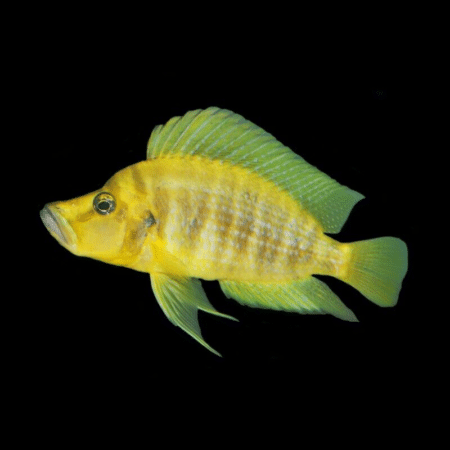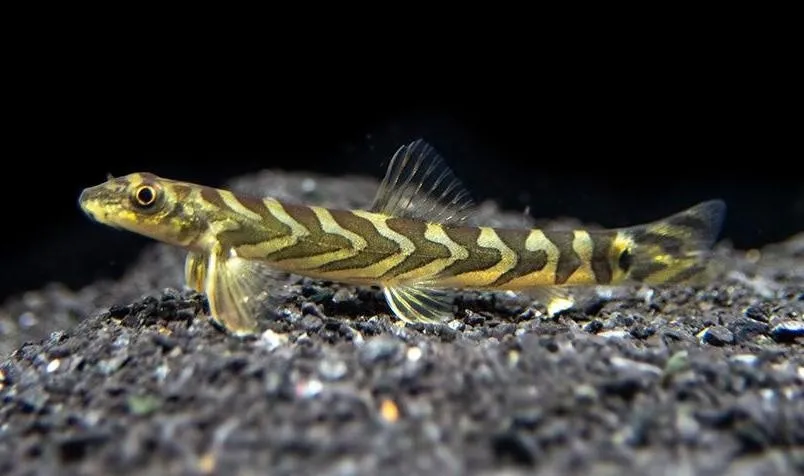To provide the best experiences, we use technologies like cookies to store and/or access device information. Consenting to these technologies will allow us to process data such as browsing behaviour or unique IDs on this site. Not consenting or withdrawing consent, may adversely affect certain features and functions.
The technical storage or access is strictly necessary for the legitimate purpose of enabling the use of a specific service explicitly requested by the subscriber or user, or for the sole purpose of carrying out the transmission of a communication over an electronic communications network.
The technical storage or access is necessary for the legitimate purpose of storing preferences that are not requested by the subscriber or user.
The technical storage or access that is used exclusively for statistical purposes.
The technical storage or access that is used exclusively for anonymous statistical purposes. Without a subpoena, voluntary compliance on the part of your Internet Service Provider, or additional records from a third party, information stored or retrieved for this purpose alone cannot usually be used to identify you.
The technical storage or access is required to create user profiles to send advertising, or to track the user on a website or across several websites for similar marketing purposes.

















Emma Carter (verified owner) –
I absolutely adore my Zebra Loach! After a few weeks of having them in my aquarium, they’ve quickly become one of my favorite freshwater fish. Their stunning striped pattern adds a striking visual element to my tank, and they are so lively, constantly exploring every nook and cranny. I was a bit worried about compatibility with my other tropical fish, but they have settled in nicely and even play with my other bottom-dwellers.
One thing I love is how they help keep the substrate clean by foraging for leftover food and detritus. It’s like having a little maintenance crew! I’ve noticed that after about two months, they’ve grown significantly, becoming more confident and social. They’re perfect for a community tank, especially if you have peaceful species. A small concern is that they do prefer ample hiding spots, so make sure to include plenty of caves and plants. Overall, I highly recommend the Zebra Loach for anyone looking to add a charming bottom-dweller to their aquarium. They really bring the tank to life while providing essential cleaning duties!